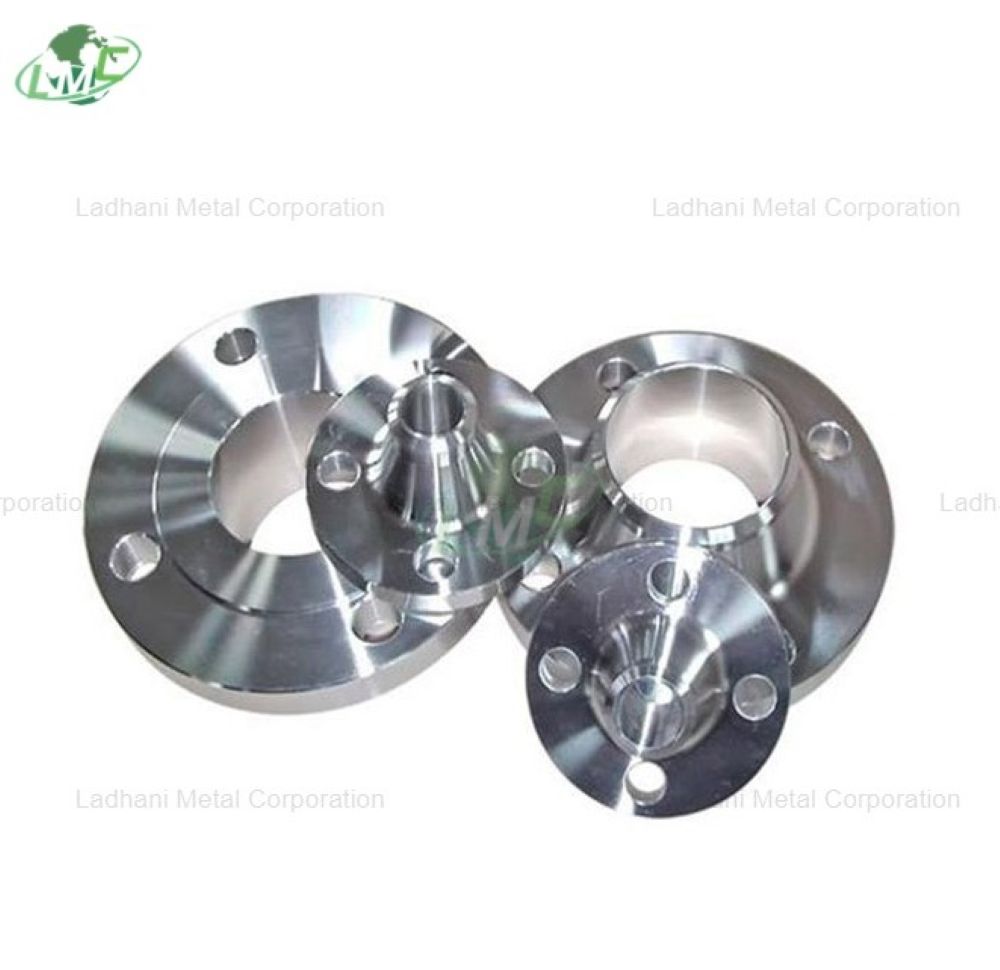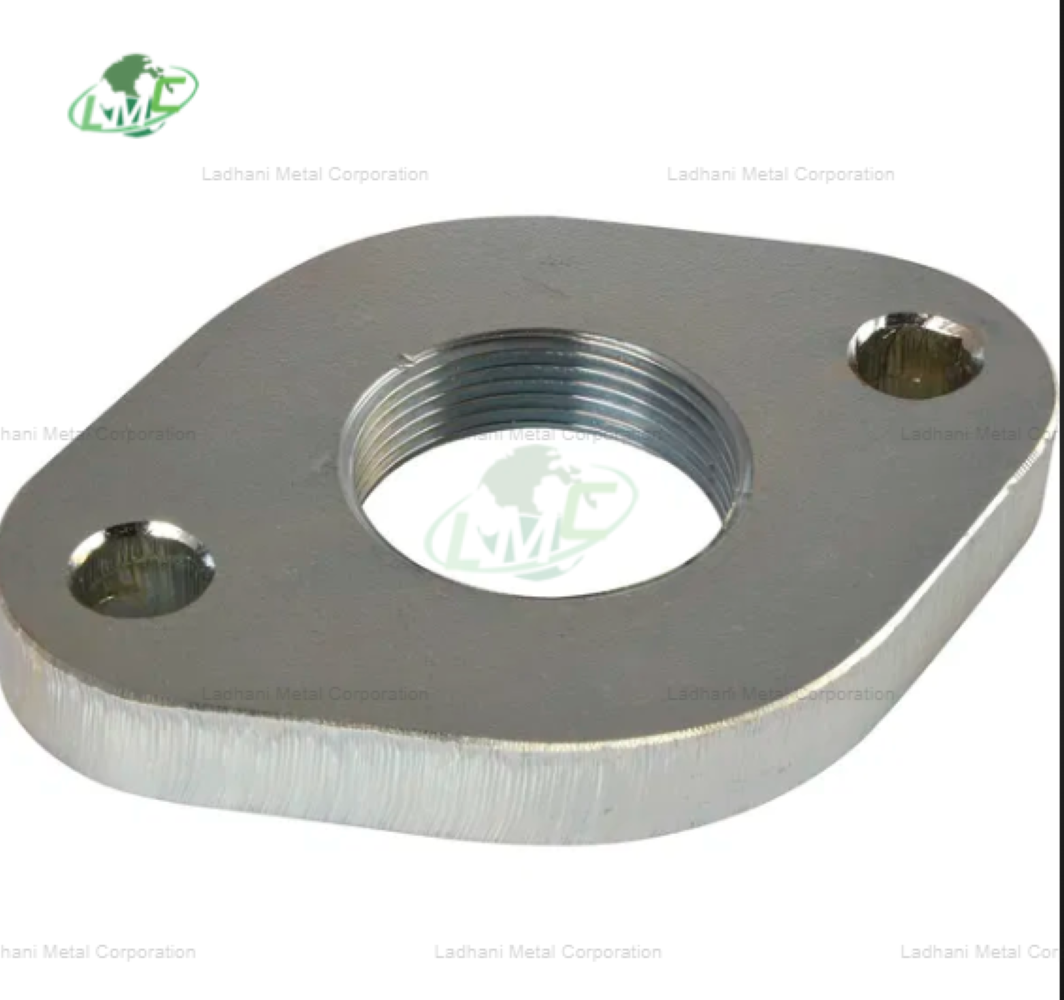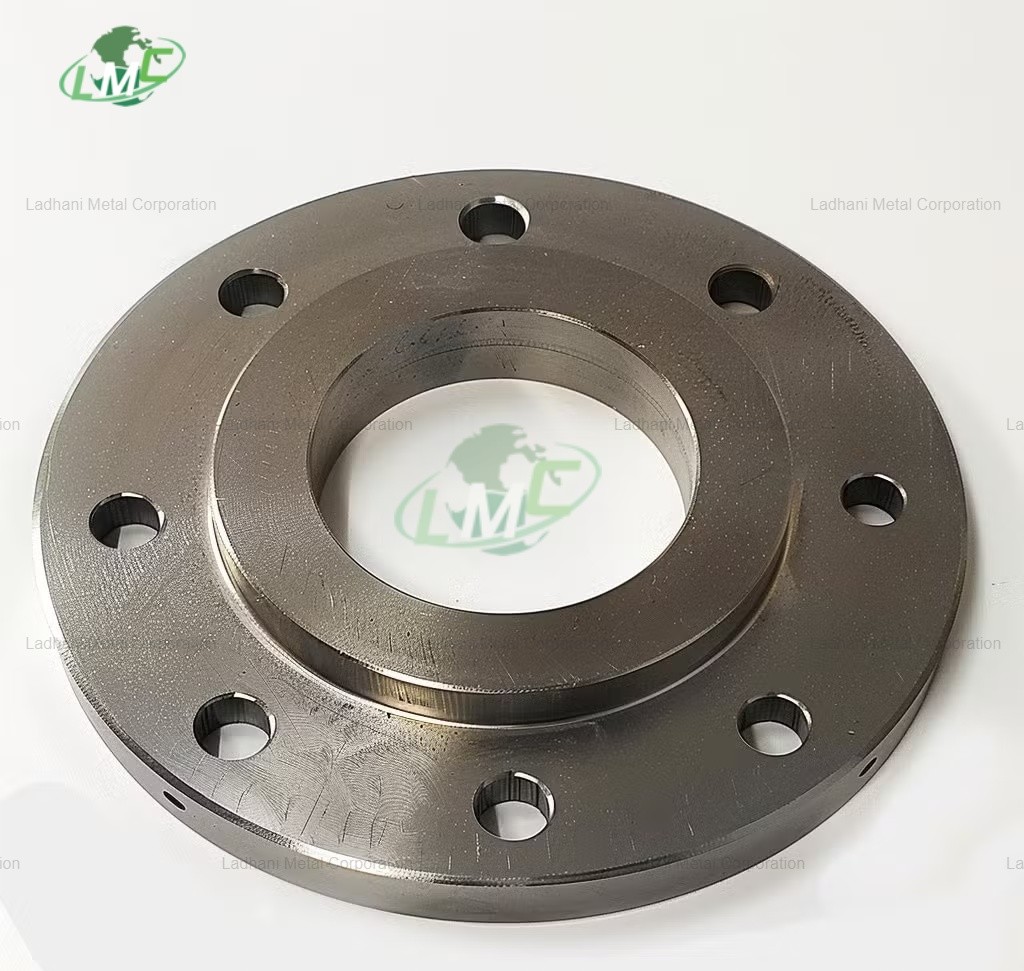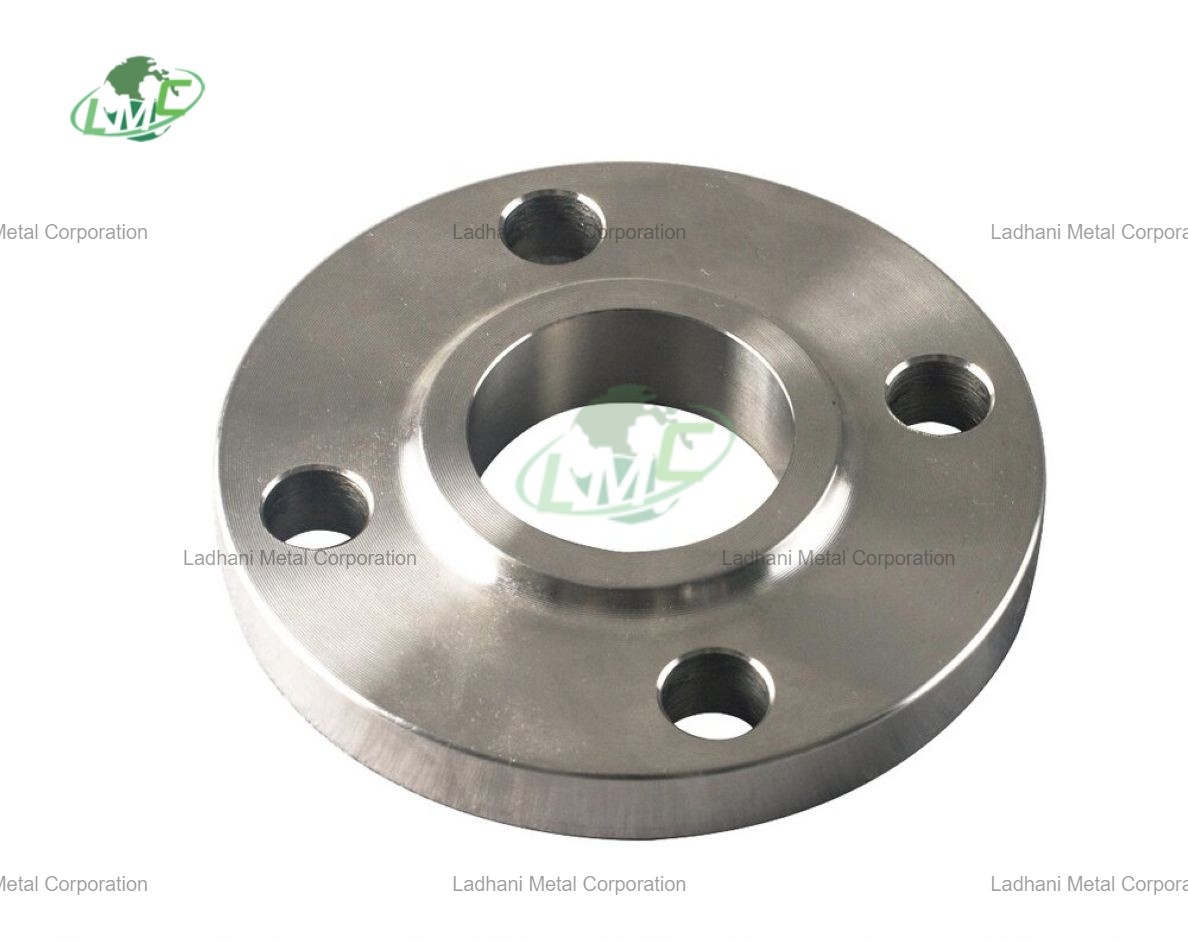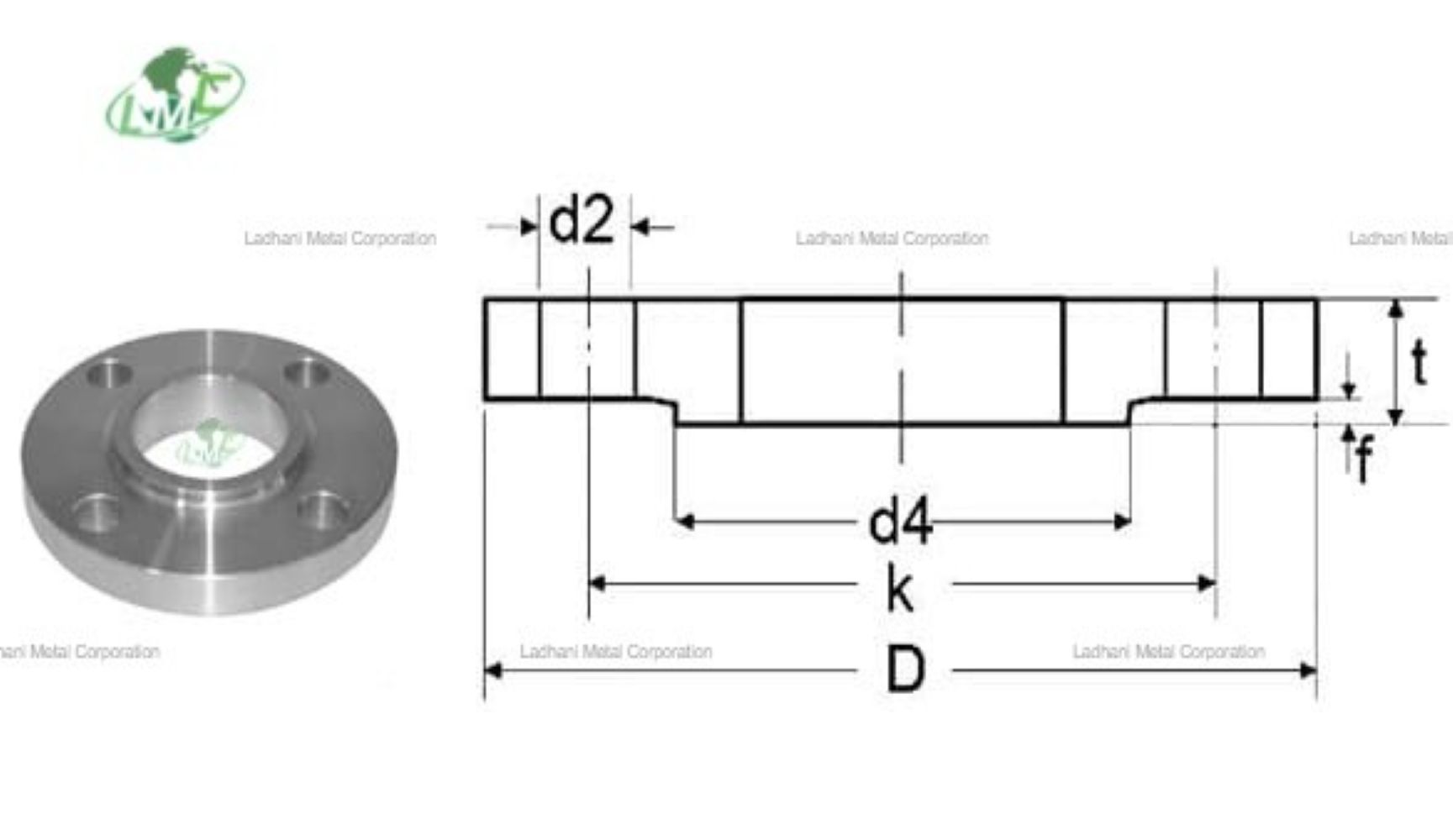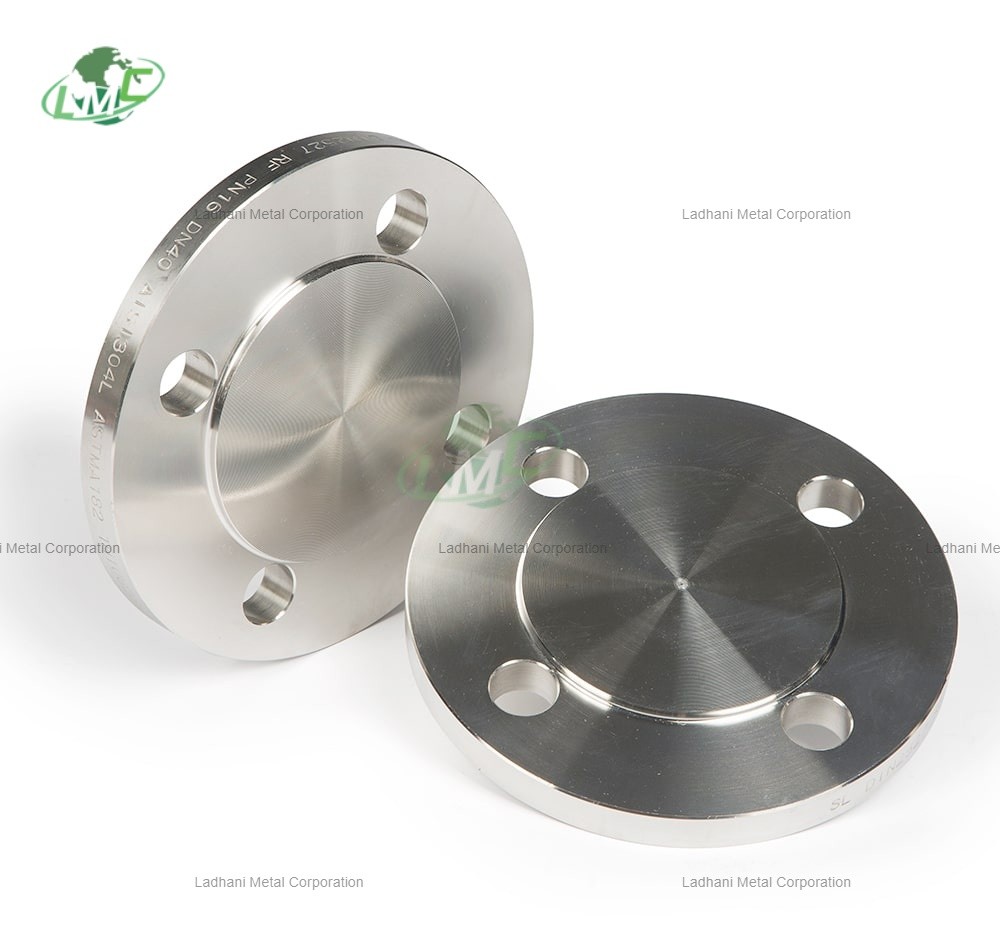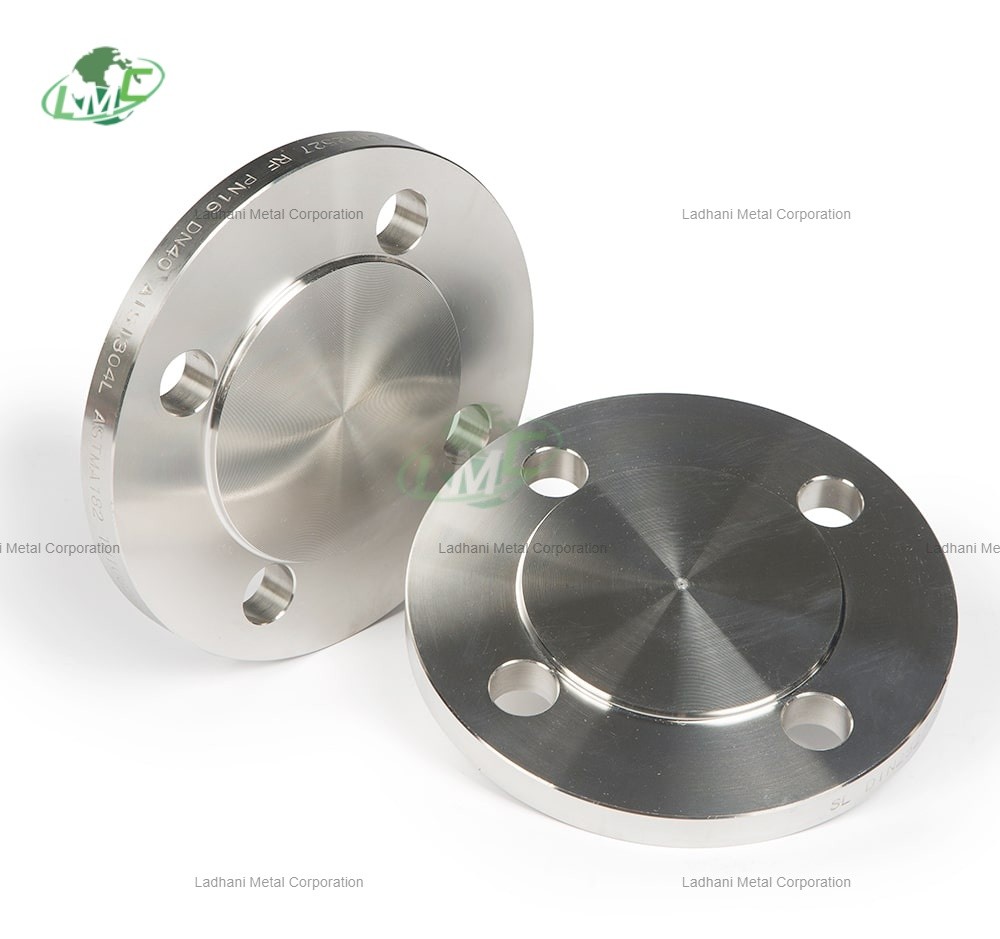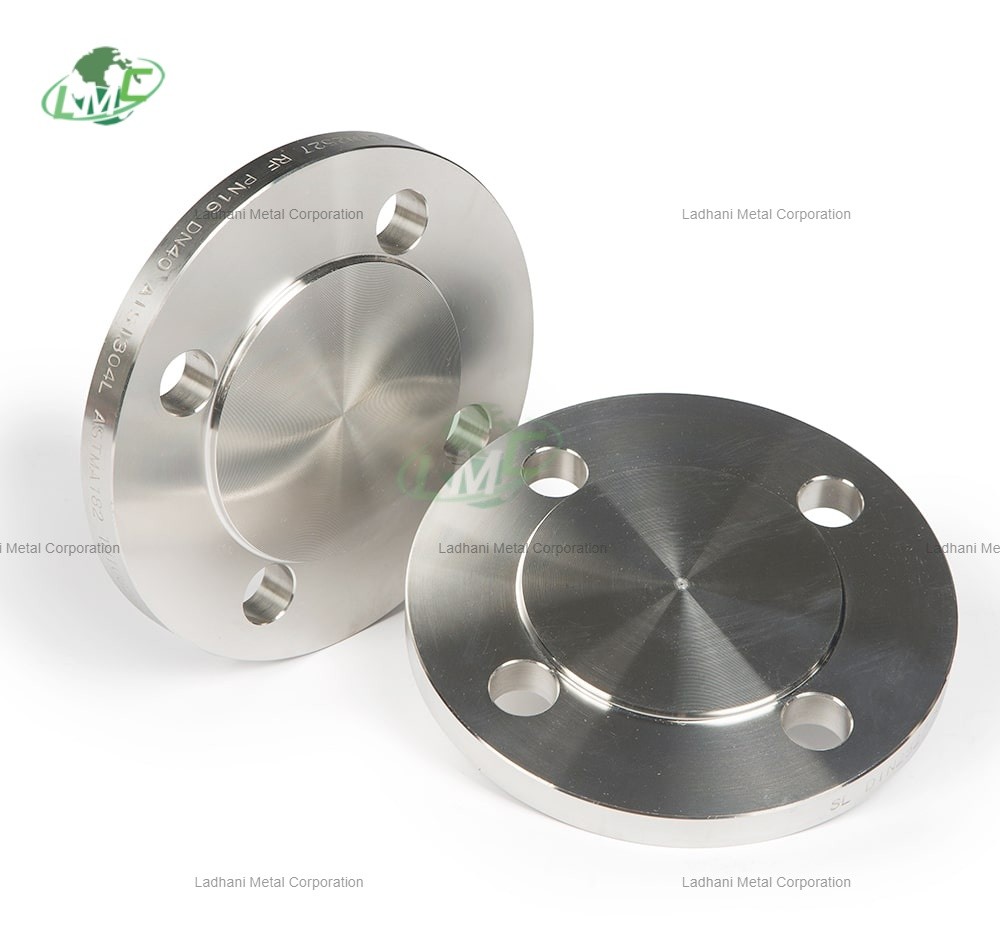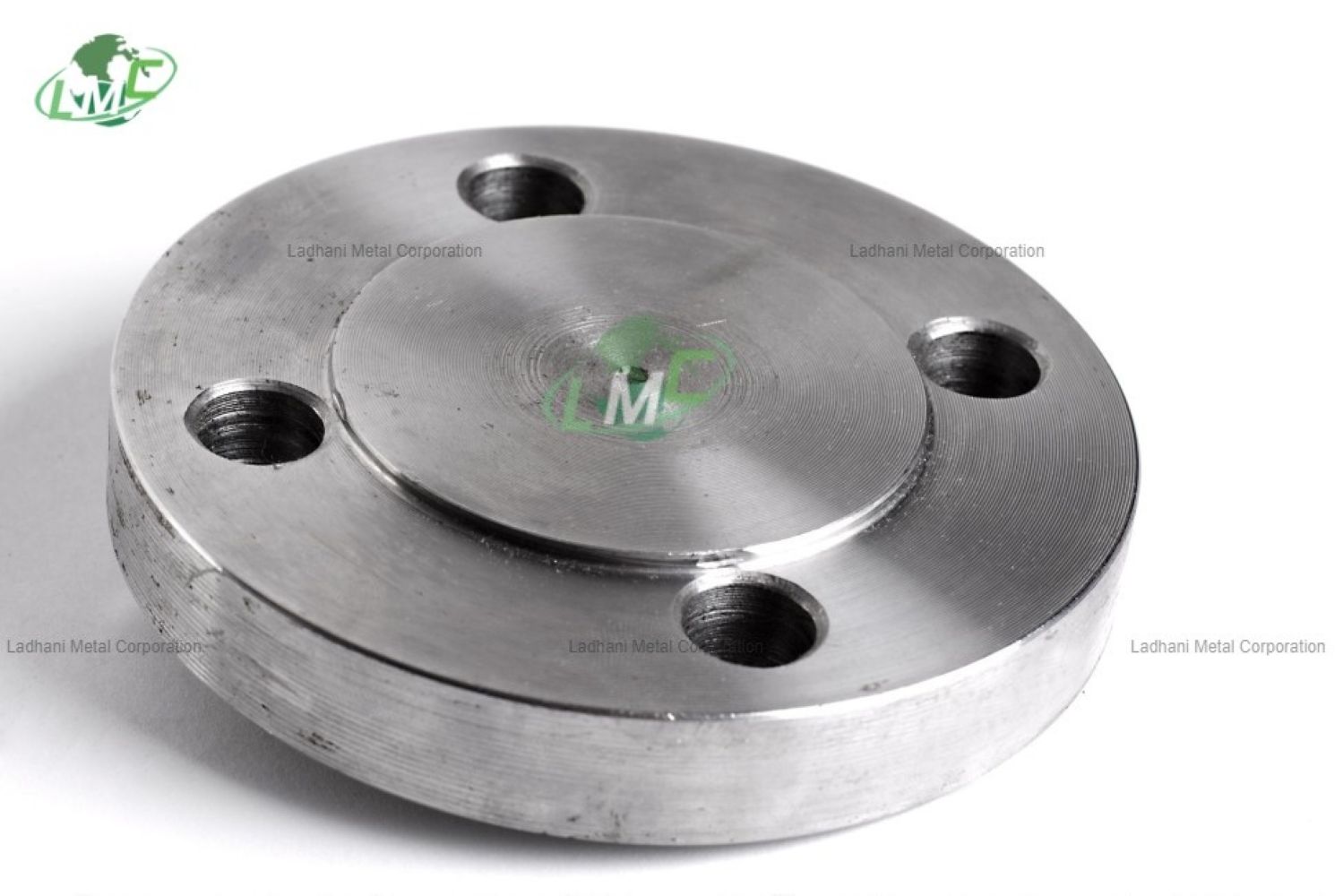DIN 2630 Duplex flanges PN 2.5 are high-performance weld neck flanges manufactured to DIN 2630 standards, specifically designed for low-pressure applications up to 2.5 bar (36.25 psi). These flanges are made from Duplex stainless steels such as Duplex 2205 and Super Duplex 2507, which offer a balanced combination of high strength and excellent resistance to corrosion, stress corrosion cracking, and pitting. Engineered for demanding environments, these flanges provide long-lasting reliability in low-pressure systems exposed to aggressive chemicals and high temperatures. Ladhani Metal Corporation is a trusted global supplier and manufacturer of Duplex flanges, known for consistent quality and technical expertise. Our DIN 2630 PN 2.5 Duplex weld neck flanges are widely used in offshore, chemical, petrochemical, and marine industries where both mechanical performance and corrosion resistance are essential. Each flange undergoes rigorous quality control to ensure conformance with international standards and application-specific requirements. Pressure Rating: • PN 2.5 (2.5 bar / 36.25 psi): Designed for low-pressure operations requiring enhanced strength and superior corrosion resistance. Flange Type: • Weld Neck Flanges Designed with a tapered hub to evenly distribute stress and minimize erosion and turbulence in the flow path, making them suitable for high-integrity piping connections. • Flat Face (FF) Flanges Flat face flanges ensure even gasket compression and are ideal for use with cast equipment or non-metallic gasket materials in low-pressure systems. Duplex Grades and Full Composition: Duplex 2205 (UNS S32205 / S31803) • Chromium (Cr): 21.0 – 23.0% • Nickel (Ni): 4.5 – 6.5% • Molybdenum (Mo): 2.5 – 3.5% • Nitrogen (N): 0.08 – 0.20% • Manganese (Mn): ≤ 2.0% • Silicon (Si): ≤ 1.0% • Carbon (C): ≤ 0.03% • Iron (Fe): Balance Applications: Combines high strength with excellent resistance to pitting and crevice corrosion. Common in chemical process plants, desalination systems, and marine structures. Applications of DIN 2630 Duplex Flanges PN 2.5: • Offshore and Marine Engineering Used in piping systems exposed to seawater and harsh marine environments where strength and corrosion resistance are vital. • Chemical and Petrochemical Industry Ideal for handling corrosive process fluids, acids, and chloride-rich environments at low pressure. • Desalination Plants Used in brine systems and piping exposed to high chloride levels and fluctuating temperatures. • Oil and Gas Industry Applied in low-pressure sections of oil rigs, refineries, and gas processing systems where reliability and resistance to sulfide stress cracking are critical. Key Features: • Compliant with DIN 2630 specifications • PN 2.5 rating suitable for low-pressure service • Weld neck design provides high-integrity and stress-distributed connections • Flat face option for soft gasket compatibility and uniform sealing • Manufactured from Duplex and Super Duplex stainless steels for enhanced performance • High strength-to-weight ratio and excellent corrosion resistance • Custom sizes, pressure classes, and surface finishes available upon request Conclusion: DIN 2630 Duplex Flanges PN 2.5 from Ladhani Metal Corporation are engineered for performance in corrosive, high-stress environments where low-pressure service demands superior materials. Combining the strength and corrosion resistance of Duplex and Super Duplex alloys, these flanges ensure long-term durability and safety across a variety of critical applications. Contact Ladhani Metal Corporation for detailed specifications, customization options, or pricing information.
Send Message
